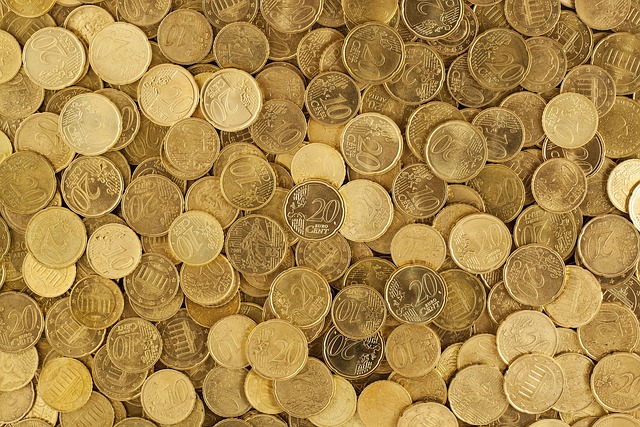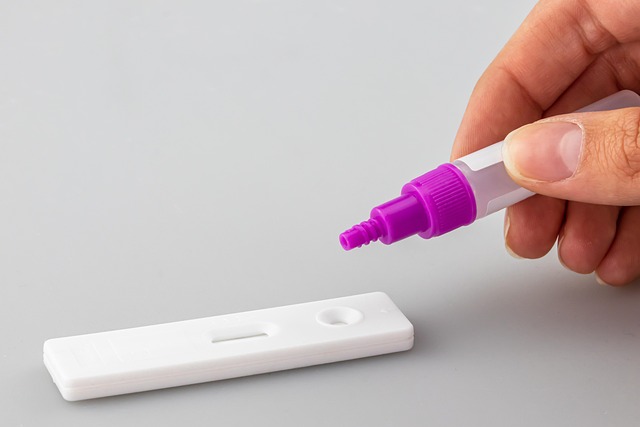
The Media Bias Chart
The Media Bias Chart serves as a vital tool in navigating the complex landscape of news media. In an era where information is abundant yet often misleading, this chart provides a visual representation of various news sources, categorizing them by their political bias and reliability. The importance of such a tool cannot be overstated, as it empowers individuals to discern the quality of the information they consume.
The Structure of the Media Bias Chart
The Media Bias Chart is divided into four quadrants, each representing a different spectrum of bias and reliability. The vertical axis indicates reliability, ranging from high to low, while the horizontal axis represents political bias, from left to right. This dual-axis approach allows users to quickly identify where a news source falls within the media landscape.
- Left Bias: Sources that lean towards liberal perspectives.
- Center Bias: Sources that strive for neutrality and present information without a strong political slant.
- Right Bias: Sources that lean towards conservative viewpoints.
- Unreliable: Sources that are deemed to lack credibility, often spreading misinformation.
The Importance of Media Literacy
In today’s digital age, media literacy has become an essential skill. The Media Bias Chart not only aids in identifying reliable sources but also enhances educational curriculums aimed at fostering critical thinking. By integrating this chart into media literacy programs, educators can equip students with the tools necessary to navigate the often murky waters of information dissemination.
Benefits of Using the Media Bias Chart
Utilizing the Media Bias Chart offers several benefits:
- Enhanced Awareness: Users become more aware of the biases present in various news outlets, allowing for a more balanced consumption of information.
- Informed Decision-Making: By understanding the reliability of sources, individuals can make more informed choices regarding the news they follow.
- Promotion of Responsible Journalism: Supporting reliable news sources encourages a healthier media environment, fostering accountability among journalists.
- Community Engagement: Engaging with the Media Bias Chart fosters a community of informed individuals who prioritize accuracy and fairness in news reporting.
How to Use the Media Bias Chart Effectively
To maximize the benefits of the Media Bias Chart, consider the following strategies:
- Cross-Reference Sources: When consuming news, cross-reference information from multiple sources across the chart to gain a comprehensive understanding of the topic.
- Stay Updated: The media landscape is constantly evolving. Regularly consult the Media Bias Chart to stay informed about changes in source reliability and bias.
- Engage in Discussions: Use the chart as a basis for discussions with peers, fostering a culture of critical thinking and open dialogue about media consumption.
- Educate Others: Share the Media Bias Chart with friends and family, promoting media literacy within your community.
Conclusion
The Media Bias Chart is more than just a visual representation of news sources; it is a beacon of clarity in an often chaotic media environment. By understanding and utilizing this tool, individuals can cultivate a more discerning approach to news consumption, ultimately contributing to a more informed society. As we navigate the complexities of information in the modern world, the Media Bias Chart stands as a testament to the importance of responsible journalism and media literacy.

















 Investors Alley
Investors Alley 
 Health
Health  Fitness
Fitness  Lifestyle
Lifestyle  Tech
Tech  Travel
Travel  Food
Food  Education
Education  Parenting
Parenting  Career & Work
Career & Work  Hobbies
Hobbies  Wellness
Wellness  Beauty
Beauty  Cars
Cars  Art
Art  Science
Science  Culture
Culture  Books
Books  Music
Music  Movies
Movies  Gaming
Gaming  Sports
Sports  Nature
Nature  Home & Garden
Home & Garden  Business & Finance
Business & Finance  Relationships
Relationships  Pets
Pets  Shopping
Shopping  Mindset & Inspiration
Mindset & Inspiration  Environment
Environment  Gadgets
Gadgets  Politics
Politics 